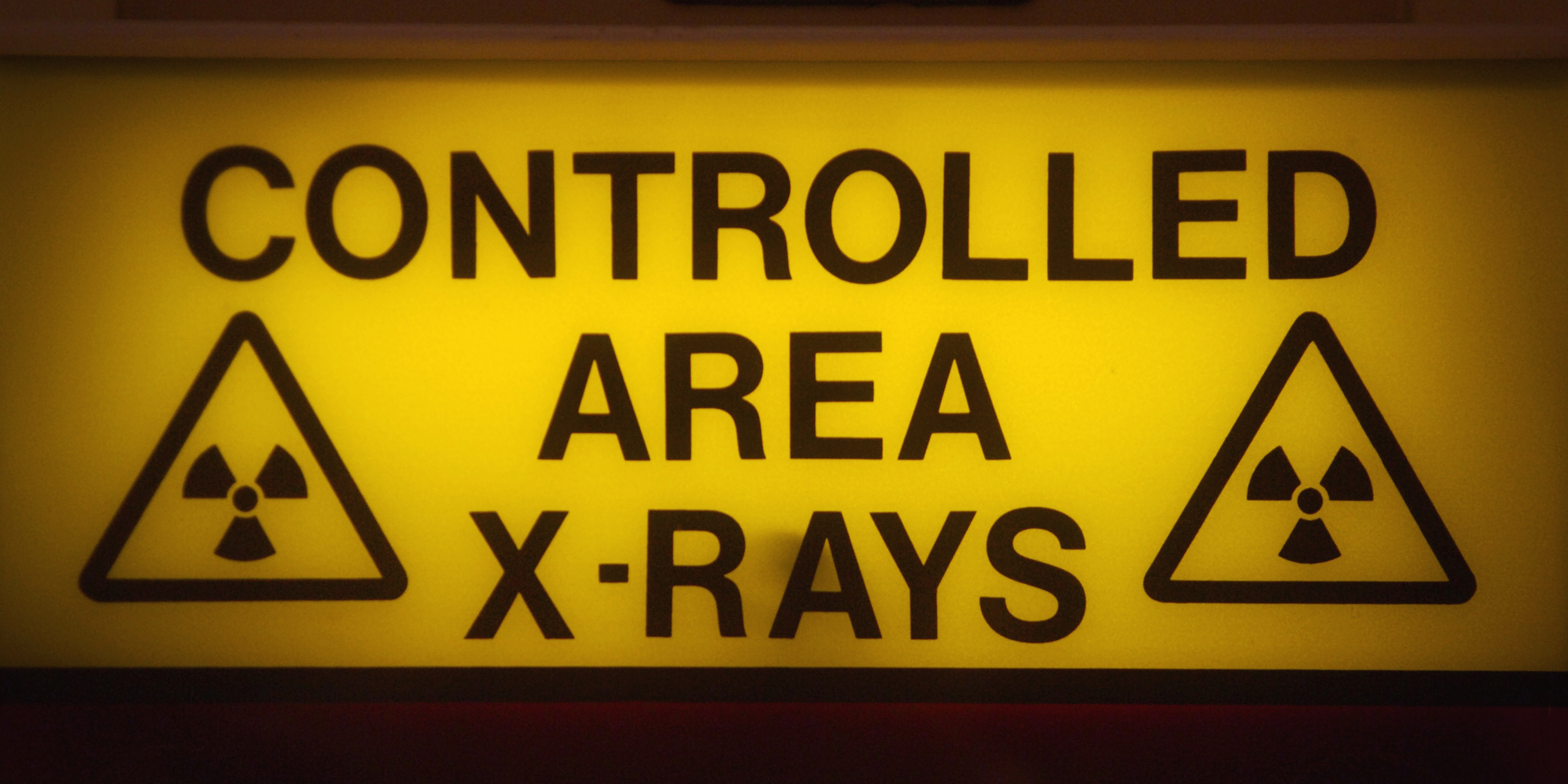
This document examines an incident related to a death in 2020 involving the loss of mains electrical power to the x-ray equipment — including the battery backup (UPS) — during a diagnostic coronary angiogram.
The power disconnection resulted in the loss of X-ray capability, which prevented the commencement of a stenting procedure until mains power was restored. The incident occurred as the radiographer was moving the C-arm and patient table into the CPR position, at which point the X-ray equipment mains power was disconnected.
The coroner’s report indicated that there was no manual activation of the ‘emergency power off’ (EPO) buttons and that a fault within the circuitry was suspected but not conclusively established. The loss of electrical power removed the ability to provide X-ray images, directly impacting patient care. However, the X-ray equipment software indicated that two EPO circuits were interrupted at the time of the failure, suggesting a possible EPO activation. The software only indicated a break in the EPO circuit, not the specific component responsible. This ambiguity led to further investigation, including consideration of corporate manslaughter law due to potential failures in duty of care.
The Medicines and Healthcare products Regulatory Agency (MHRA) was consulted due to its responsibility for medical equipment, but its remit does not extend to room wiring. The MHRA’s responsibility ends at the medical equipment mains terminals.
Ian Chell MSc FSRP (author) was recommended by MHRA to the Police, who were investigating the incident. Ian was recommended because he is an independent expert in “medical locations”, which is the term for the mains supply wiring in medical rooms.
This document also addresses broader issues with electrical wiring installations in UK hospitals, which are classified as medical locations under BS7671 Amendment 2 (A2),”Requirements for Electrical Installations” guidance, which is published by the Institute of Engineering and Technology. The NHS guidance on healthcare electrical wiring is known as Health Technical Memorandum (HTM) 06-01.
Regulatory framework for hospital wiring
MHRA is not responsible for the EPO circuit or room wiring, but movement emergency stop buttons are part of the medical equipment. In the UK, there is currently no statutory regulation for hospital wiring, nor is there any national means of ensuring medical installations have a test certificate. In contrast, domestic electricians are subject to training, accreditation and oversight by local councils under building regulations and standardised test certificates are used. This discrepancy represents a significant regulatory gap.
Additionally, NHS guidance on medical locations is not uniform across the UK, with England, Scotland, Wales, and Northern Ireland each maintaining separate documents. However, the NHS England response to the coroner’s Regulation 28 Report to Prevent Future Deaths has stated that this will be addressed in the future.
Incident details
During a percutaneous coronary intervention, a patient experienced an iatrogenic arterial dissection and bradycardia. As the radiographer activated the table CPR position, the mains power failed, resulting in the loss of X-ray imaging. Attempts to reset the EPOs in the room were unsuccessful. There were no visible indicators (such as status lamps) to show the state of the mains power contactor.
The hospital clinical engineer restored the mains power contactor using the only ‘on’ button in a plant room located outside the interventional suite. This process took approximately seven minutes, after which the X-ray system required an additional five minutes to reboot. The total delay was significant in the context of patient care.
Investigation summary
Interviews with staff indicated that neither EPO was manually activated at the time of the incident. Subsequent testing of one of the two EPOs revealed that one contact was unreliable, as shown by varying resistance readings. Both EPOs were replaced, and no further failures have been reported since. The faulty contact finding was not accepted as a definite cause by the coroner, because it was argued by the solicitors for the device company, that the device software had indicated two EPO circuits had been interrupted simultaneously at the time of the mains power disconnection.
The delay in restoring power was attributed to the absence of remote on/off controls and contactor status indicators within the clinical area. The only available ‘on’ button was in the plant room, which was not immediately accessible. The lack of remote controls and status indicators is identified as a design deficiency.
Lessons learned
Factual findings:
- The mains contactor circuit is safety-critical, and the associated control switchgear should be replaced in all interventional vascular rooms room refurbishments and considered for replacement alongside other medical radiological equipment room refurbishments, as component reliability decreases with age.
- On and off controls for mains power should be visible and accessible within the clinical or equipment control area.
- Controls should include integral status lamps and clear labelling (on or off).
- If the contactor box is not visible from the clinical area, remote controls should be installed.
- Radiographic staff should receive formal training on the control button use and the meaning of status indicators.
Personal opinion: In my professional judgment and recent experience, the absence of regulatory oversight for hospital wiring and the lack of standardised commissioning processes represent significant risks. I recommend that:
- New electrical installations in medical locations are inspected for compliance with the latest BS7671 edition/amendment, and likewise for rooms where medical radiological equipment is to be replaced.
- A template test certificate specific to medical locations should be developed and used.
- Governance procedures should be enhanced to ensure clinical staff are involved with the electrical safety group (ESG) from the outset of the design process. This should involve the use of a standardised commissioning template set of questions that clinical engineering and clinical staff should complete at the beginning of the design process. I have developed one for this purpose.
- Consideration should be given to training/accrediting electricians for work in medical locations (approx. four hours of training).
- Guidance on commissioning processes is improved rather than introducing statutory legislation.
- Radiographic staff should be empowered to challenge non-compliant practices, particularly regarding the upgrading of wiring and replacement of electrical equipment in interventional areas.
Commissioning for new medical radiological equipment rooms
Healthcare estates and clinical staff should collaborate from the earliest planning stages. The NHSE HTM 06-01 (2017) chapter three outlines the engagement of estates with clinical staff. Key electrical considerations for medical radiological equipment include:
- Stating the new/replacement X-ray generator power in kVA and specifying the maximum mains resistance.
- Determining backup power requirements and the physical capacity for battery installations.
- For group two medical locations, calculating the total power demand of all other portable mains medical equipment to ensure adequate backup power duration by involving clinical engineering on the ESG.
- Ensuring that the number and location of sockets, and the need for earth studs, are established at the beginning of the commissioning process.
Conclusion
NHS authorities are expected to issue updated UK-wide HTM 06-01 guidance in response to the coroner’s inquest. The incident underscores the need for improved controls and governance in the design and installation of electrical systems in medical locations, which is inextricably linked to medical equipment patient safety. Compliance with the latest electrical safety standards is essential to ensure patient safety. The integration of clinical staff and clinical engineering at the beginning of the electrical design and commissioning process is critical to minimising design errors and ensuring that electrical installations meet the specific needs of medical environments.
About the author
Ian Chell MSc FSRP is an independent expert in “medical locations”, which is the term for the mains supply wiring in medical rooms. He is also a medical device electrical safety expert. Ian was previously the IR(ME)R policy lead at the Department for Health and Social Care (DHSC) until he took voluntary exit in 2017. Before that, he was a device specialist at the Medicines and Healthcare Products Regulatory Agency (MHRA) and previously an X-ray engineer with Siemens.
